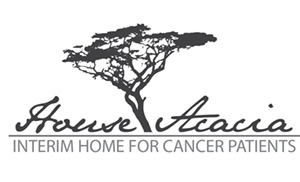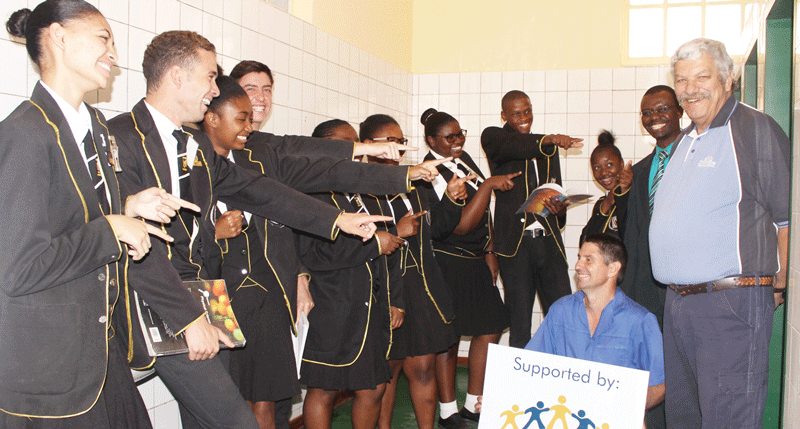
Namibia commended on its remarkable success in the triple elimination initiative

The World Health Organisation this week congratulated Namibia on its remarkable success in the triple elimination initiative, which supports its global commitment to eliminate mother-to-child (MTCT) or vertical transmission of HIV, syphilis, and hepatitis B virus (HBV).
According to WHO’s recent routine programme statistics, Namibia is on the path to the elimination of MTCT for HIV, Syphilis, and HBV and “has met the path to elimination target for several key indicators.”
In her remarks on behalf of the UN partner agencies, Dr Mary Brantuo, WHO Officer in Charge of Namibia, commended the country for being the only high-burden country and the only one in the African region to have successfully applied for and been validated as being on the Path to Elimination of mother-to-child HIV transmission only, as well as meeting the path to elimination target for several key indicators.
“We are particularly pleased to see the initial enthusiasm and passion have not waned, and you remained as determined as ever to move forward with this aspiration to eliminate mother-to-child transmission not only of HIV and Syphilis but also of the hepatitis B virus—the triple elimination initiative. I congratulate the MoHSS and all stakeholders for their determination and persistence in this process,” Dr Brantuo said at the opening session of the visit of the Regional Validation Committee to assess Namibia’s submission for Path to Elimination of mother-to-child transmission of HIV, syphilis, and hepatitis B.
The National Validation Committee was established and trained nearly three years ago to monitor the process of eliminating mother-to-child transmission of HIV and syphilis.
“It has catalyzed maternal and child health services to expand capacity to address vertical transmission and encourages countries to simultaneously commit to EMTCT and further push a harmonized approach for integrated service delivery to improve health outcomes for mothers and children. Moreover, this is in line with the new Global Health Sector Strategy for HIV, Viral Hepatitis, and STIs 2022-2030, with a vision to end epidemics and advance universal health coverage, primary health care, and health security in a world where all people have access to high-quality, evidence-based, and people-centred health services,” Dr Brantuo commented on the triple elimination initiative.
The Regional Validation Committee is a standing committee of expert members – from UN agencies – UNICEF, UNAIDS, WHO, development partners – US CDC, ministries of health, civil society, and academia.
Meanwhile, the Ministry of Health and Social Services Executive Director, Ben Nangombe, noted that the ministry’s commitment, combined with technical and financial support from partners, helped to rapidly scale up PMTCT services nationwide by supporting: guideline development, training of health workers, procurement of equipment, ARVs, and supplies, capacity building of laboratory services, strengthening M&E, supporting community-based interventions, and recruitment.
“According to spectrum estimates, the overall MTCT rate of HIV was 4.02% in 2020, 4.41% in 2021, and 4.14% in 2022. It translates to a mother-to-child transmission case rate of 481 per 100,000 live births in 2020, 486 in 2021, and 486 in 2022,” he said, adding that over the last three years, Namibia attained almost 100% of HIV testing among pregnant women attending Antenatal Care.
“The ART coverage among HIV-positive pregnant women was 99% in 2020, 101% in 2021, and 96.5% in 2022. Syphilis testing among pregnant women was 98% in 2020, 92% in 2021, and 97% in 2022. The percentage of Syphilis positive pregnant women receiving treatment was 75% in 2020, 75.4% in 2021 and 93.6% in 2022. Based on the Syphilis coverage data, Congenital Syphilis case rate estimates per 100,000 live births was 101 in 2020, 252 in 2021, and 323 in 2022,” he added.
According to him, 89% of pregnant women tested positive for HBV infection in 2020, 82% in 2021, and 93% in 2022. The coverage of the hepatitis B vaccination birth dosage was 86% in 2020, 83 in 2021, and 94% in 2022, while the third dose was 93% in 2020, 94% in 2021, and 83% in 2022 among children, he said.












































